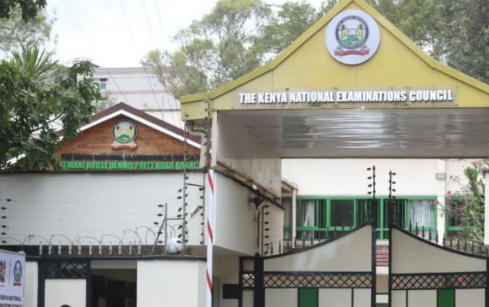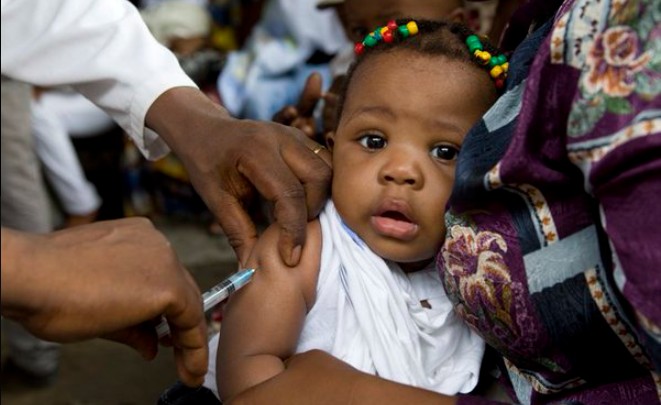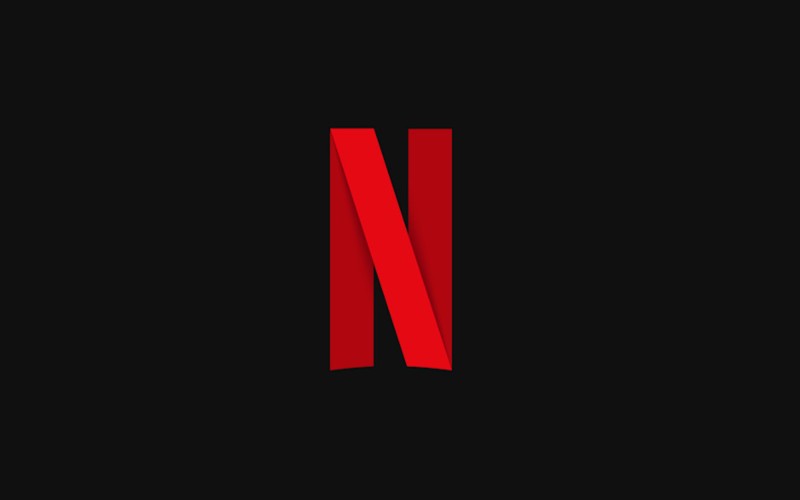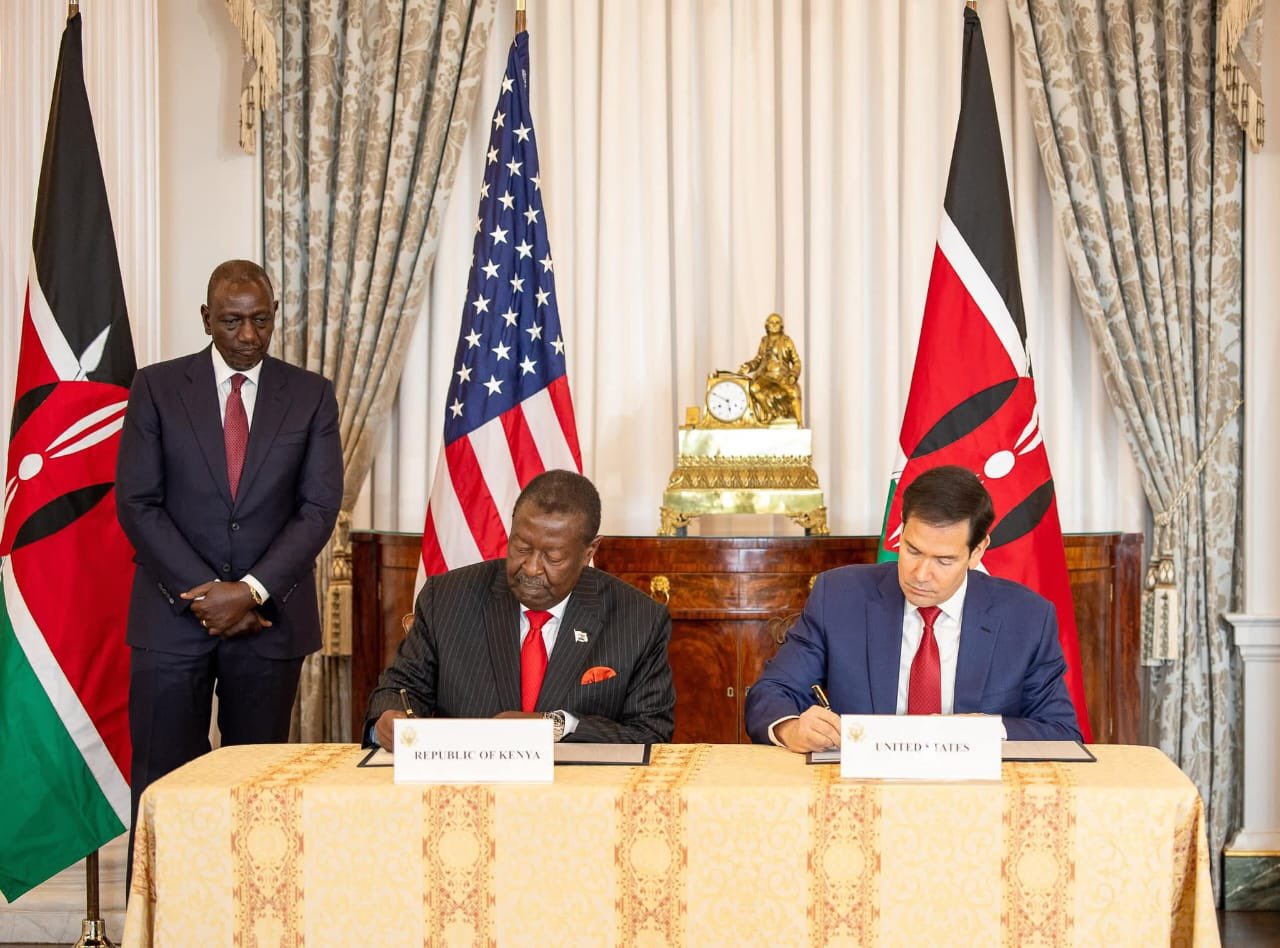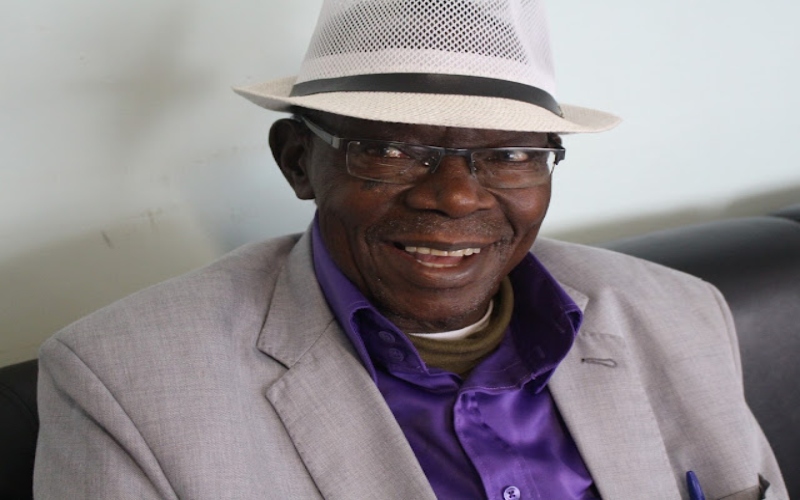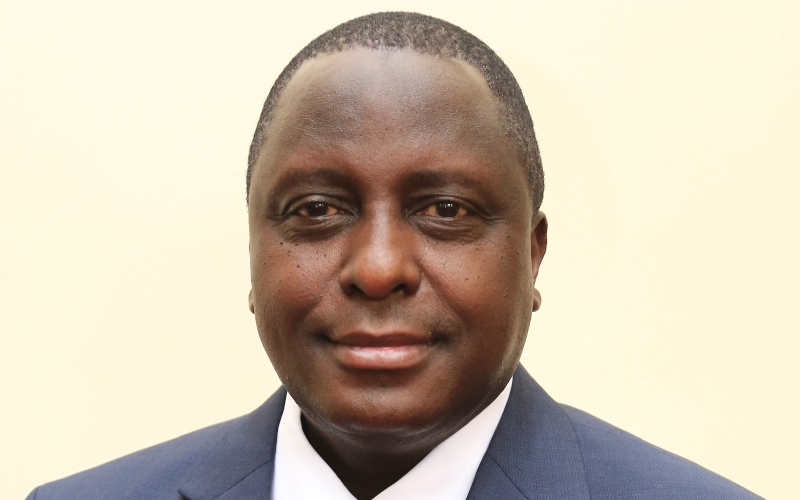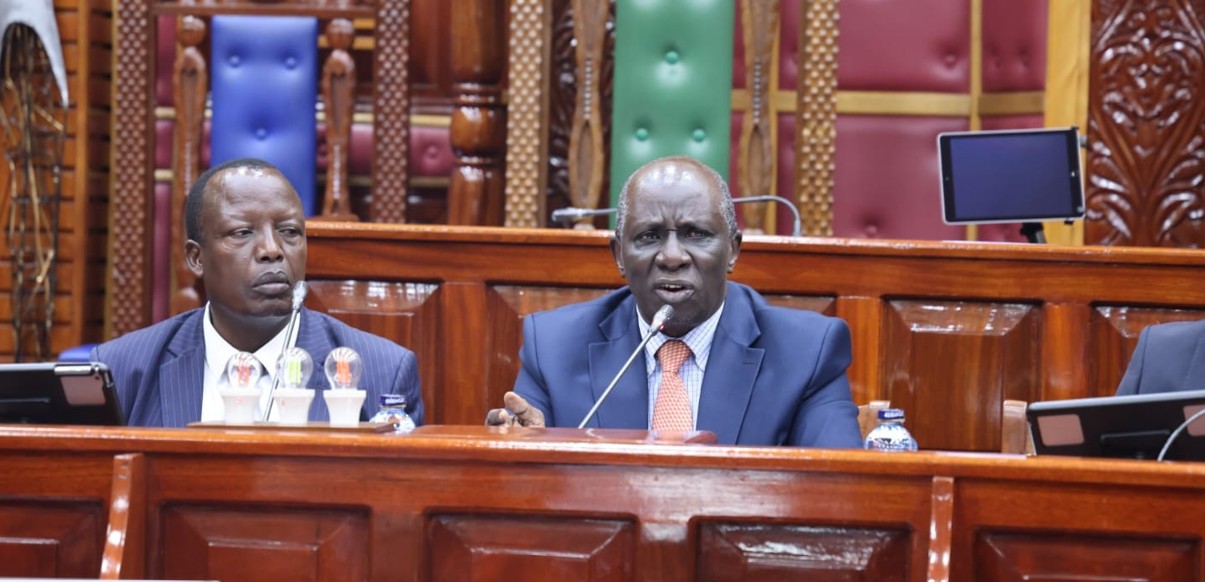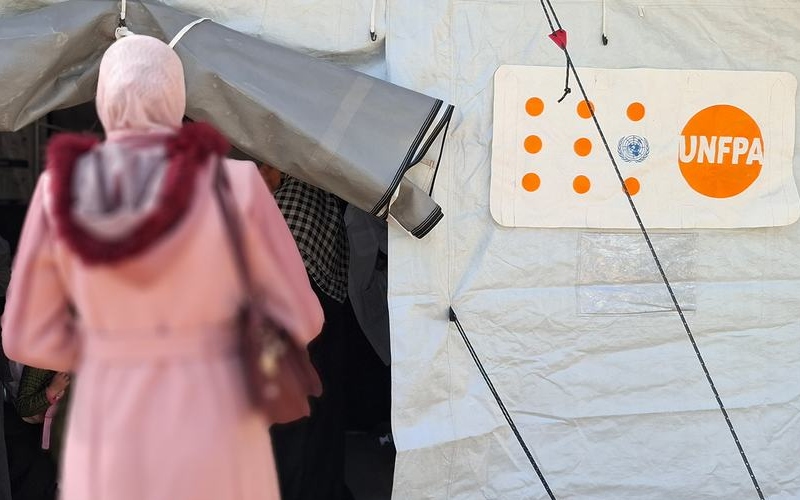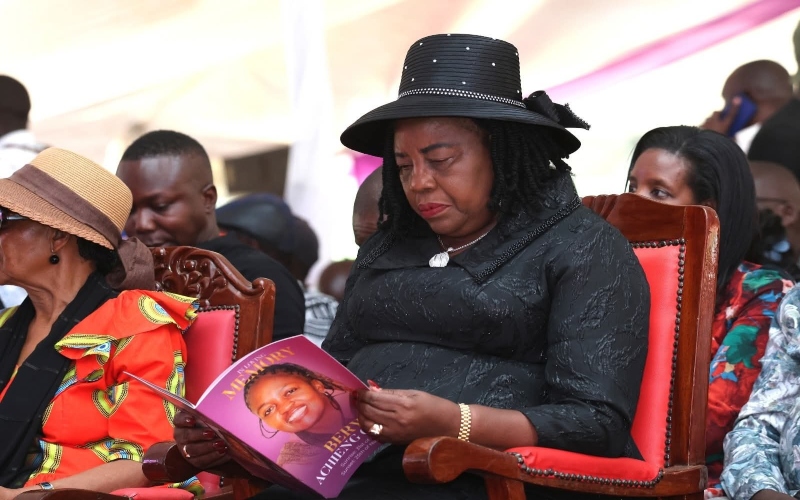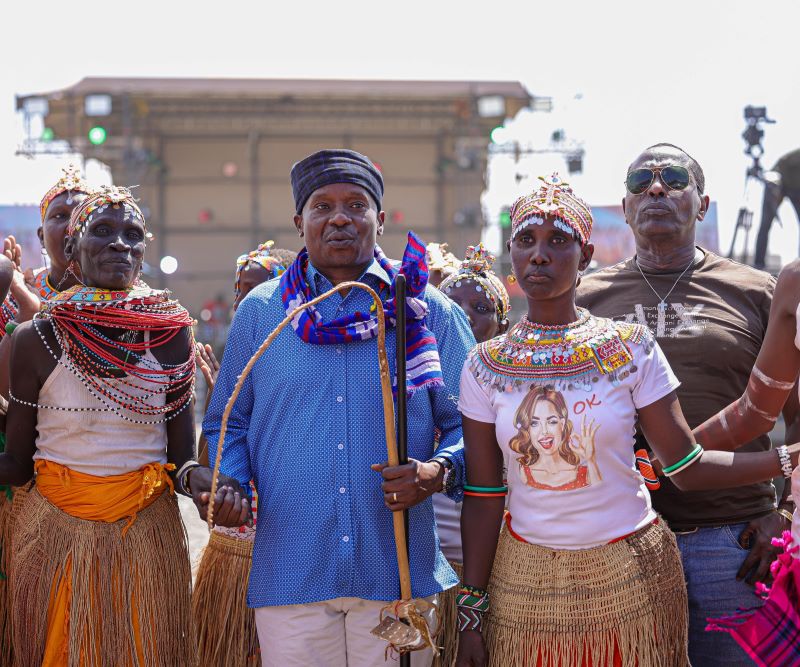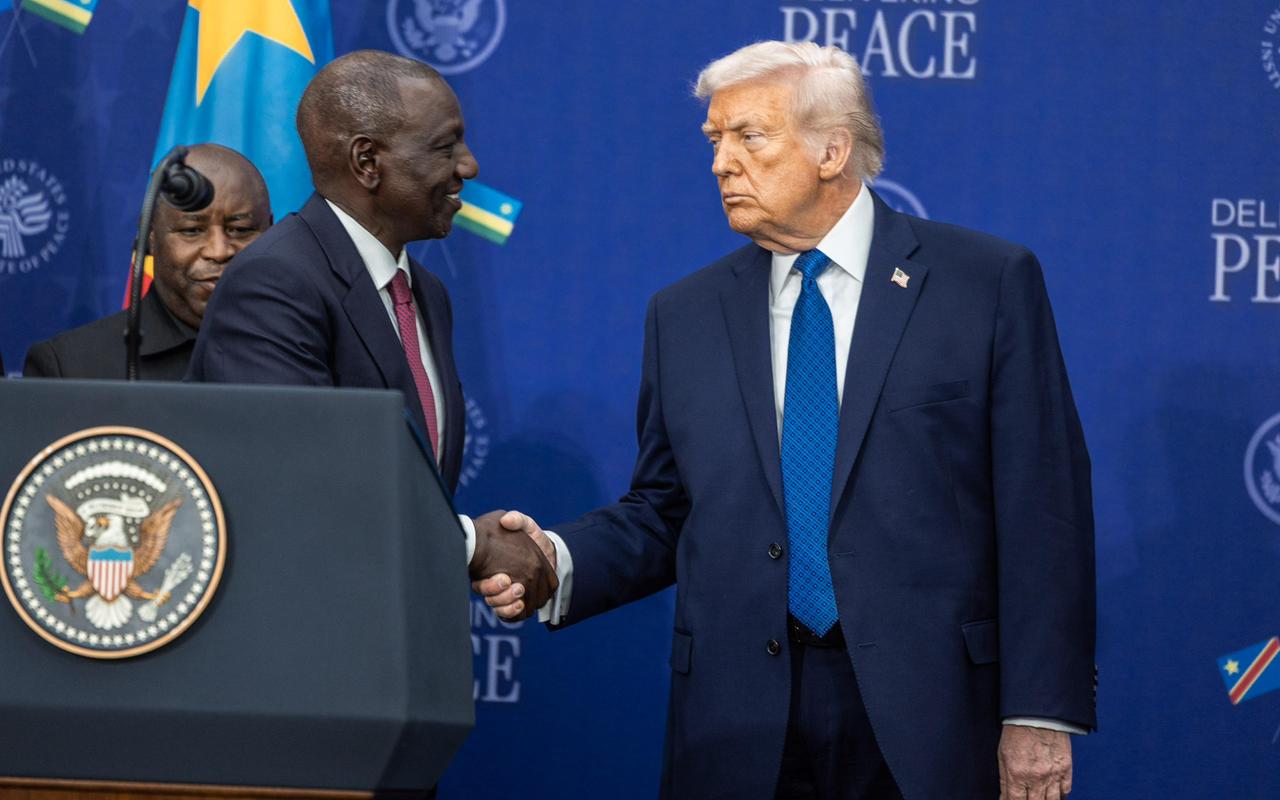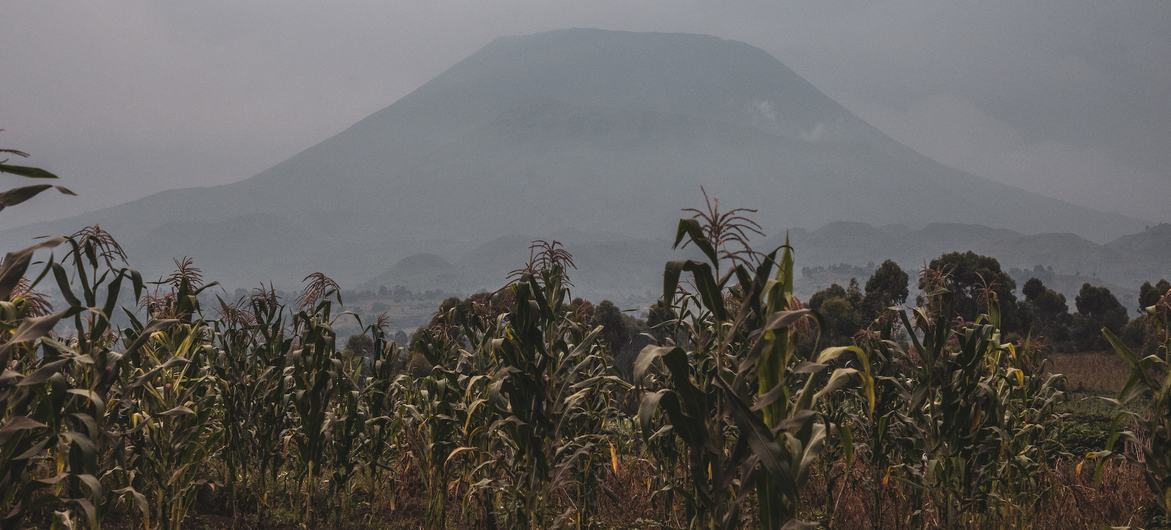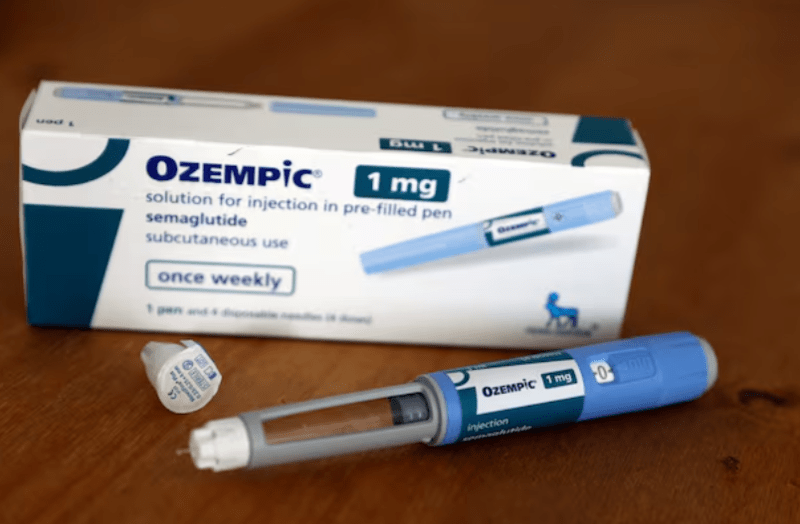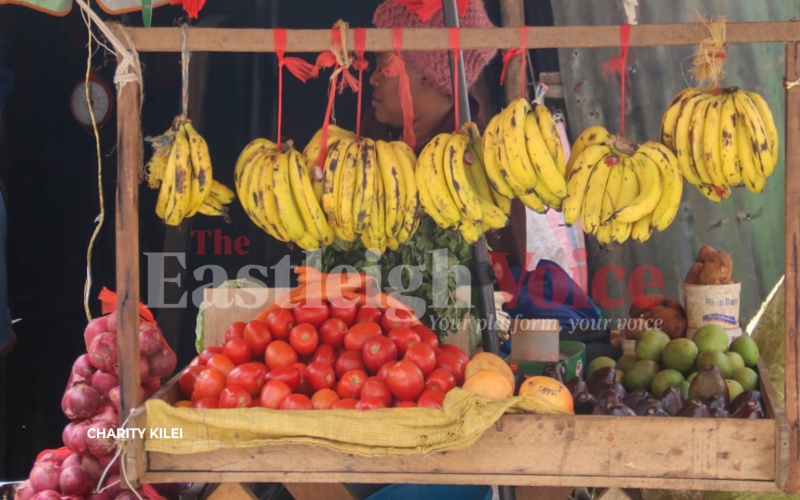Africa faces a growing stroke epidemic, urgently needs its own locally adapted care guidelines

As stroke cases soar across Africa and hospitals struggle with limited resources, the continent urgently needs locally tailored care guidelines to ensure timely diagnosis, effective treatment, and improved survival for millions at risk.
Nicholas Aderinto, MD, University of Utah
More To Read
- Hormonal contraceptives linked to higher breast cancer risk, study finds
- Viral infections linked to higher risk of heart attacks and strokes
- Study finds new gene-silencing therapy cuts cholesterol by 50 per cent
- Neurological disorders on the rise in low-and middle-income countries, warns WHO
- Sleeping with the lights on? Research links nighttime light exposure to heart disease, stroke
- New Bill proposes Sh50 million for health providers over neglect and unsafe facility conditions
A stroke is a medical emergency that happens when something prevents the brain from getting enough blood flow. Stroke is now one of the leading causes of death and disability in Africa. Current estimates indicate rates of incidence (new cases) as high as 316 per 100,000 people annually and prevalence (existing cases) of 1,460 per 100,000 – among the highest globally.
Yet, most nations lack locally adapted stroke management guidelines. This is unlike high-income countries, which regularly update their national stroke management guidelines. These guidelines typically provide standards to support uniform, evidence-based stroke care. Nicholas Aderinto, a medical doctor and doctoral researcher who has researched stroke, unpacks why Africa needs its own stroke management guidelines as a continent.
What guidelines are there to manage stroke?
Despite the rising burden of stroke across Africa, there is no continent-wide framework or standardised protocol for stroke management. Although limited institutional or context-specific protocols exist in some African countries, no nation apart from South Africa has a nationally approved guideline for stroke management.
Stroke care service providers are left without standardised guidance on how to diagnose, treat and support stroke patients.
This reality contrasts with developed regions. In the United States, the American Heart Association and American Stroke Association publish and regularly update guidelines for stroke care. In Europe, similar frameworks exist. These evidence-based protocols ensure consistency across health facilities.
Africa currently relies on these guidelines from high-income countries.
Why do African countries need their own guidelines?
Direct adoption of stroke guidelines from high-income countries is neither practical nor effective because of the continent’s resource limits and varied healthcare systems. Africa needs guidelines that fit its healthcare situation. The issues include medical equipment, specialised doctors, access to care, and medical risk factors.
One major challenge is the shortage of diagnostic tools. Many hospitals do not have brain imaging equipment that’s essential for identifying the different types of stroke. The treatments for each type are entirely different, and a misdiagnosis can be fatal.
Nigeria, Africa’s most populous country, had only 209 computed tomography (CT) scanners as of September 2021, compared with over 3,000 in Germany, a single European country, in the same year. A CT scan uses X-ray techniques to create detailed images of the body.
Closely linked to this challenge is the severe shortage of specialists. Across Africa, there are, on average, only 0.12 neurologists per 100,000 people. Neurologists are doctors who specialise in problems with the brain and nerves. In some countries, there is just one neurologist for every 500,000 people, and some countries (Djibouti, Eritrea, Guinea Bissau, Lesotho, Liberia and South Sudan) have none. Europe has a median of 8.45 neurologists per 100,000 people.
Health systems across much of the continent remain under-resourced. Medications are often in short supply, rehabilitation services are scarce, and even basic monitoring devices can be hard to find.
For many patients, particularly in rural areas, simply reaching a hospital in time is challenging. One study reported the median time between stroke onset and hospital admission to be 31 hours. Other studies report that most patients arrive well outside the critical treatment window of 4.5 hours.
Stroke risk factors are increasing across Africa. About 28.5 per cent of Africans are living with hypertension (high blood pressure).
More than 90 per cent of patients with haemorrhagic stroke – a broken blood vessel in the brain – and over half of those with ischaemic stroke – a blockage in the flow of blood to the brain – have high blood pressure. Diabetes is also rising rapidly. About 54 million Africans are projected to have this condition by 2045.
Diabetes roughly doubles the risk of stroke. This happens because high blood sugar damages the inner lining of blood vessels, leads to faster buildup of fatty deposits inside the arteries, and makes the blood more prone to clotting and inflammation.
These realities show that guidelines developed for cities like Boston or Berlin cannot simply be applied to Lagos or Lusaka.
Given the resource constraints, what should a good guideline include?
Well-designed stroke guidelines focused on Africa could improve patient outcomes.
A priority is to standardise acute care. Clear, step-by-step instructions for frontline health workers ensure that every patient gets prompt stabilisation and timely referral to higher-level facilities.
High-income countries have stroke protocols that include checklists for emergency teams, quick triage pathways, and early imaging to guide treatment. African guidelines could use these strategies in ways that fit local resources.
Frontline stroke care providers in smaller clinics need training to recognise strokes early and provide stabilisation. Simple tools can help people identify stroke symptoms and seek assistance. The Stroke 112 initiative has seen successes in this area. This initiative tackles language and literacy barriers.
Similarly, call-and-refer systems could link local providers with specialists at tertiary centres through telemedicine. This method has been successfully tested in Tanzania.
Pre-mapped referral networks could outline transport routes and communication channels between rural health posts and regional stroke centres.
Prevention must also be at the heart of any African stroke guideline. Guidelines should promote routine blood pressure checks at primary care clinics, community centres, and through mobile outreach programmes.
Ghana’s Community-based Hypertension Improvement Project brought screening to local shops, workplaces and community hubs using multi-sector partnerships. In western Kenya, telemedicine programmes have used cloud-based records to improve monitoring and care for pregnant women with hypertension in rural clinics.
Public education is also essential. The World Health Organisation’s HEARTS package, which includes culturally tailored health education and mass media campaigns, has succeeded in resource-constrained settings.
Innovative technologies offer additional ways to strengthen stroke care. Mobile health technologies, already used in Kenya, Uganda and South Africa, can help patients track blood pressure, get medication reminders, and learn about stroke prevention.
Task-shifting strategies can enable nurses, community health workers and trained volunteers to offer rehabilitation, counselling and follow-up care. Guidelines could also help close the persistent gap between rural and urban care. Setting clear minimum standards ensures that even small clinics can deliver lifesaving interventions.
What are the next steps, and who should take action?
Creating African stroke guidelines will require collective leadership.
Neurologists, cardiologists and rehabilitation specialists should lead the way. Ministries of health, international partners and patient advocacy groups all have roles to play.
Frontline providers, nurses, general practitioners and community health workers’ input is essential to ensure the recommendations are realistic in practice.
Stroke survivors and caregivers should also have a seat at the table. Their experiences can reveal challenges that professionals might overlook.
African stroke guidelines must be regularly updated based on the latest African research evidence.
Publishing a guideline is only the first step. Next steps would include training for health workers and community-based education that teaches people to recognise the warning signs of stroke and seek help quickly.
Partnerships with global health organisations can provide technical expertise and funding support.
The Conversation
***
Nicholas Aderinto, MD, PhD Student/Graduate Teaching Assistant, University of Utah
This article is republished from The Conversation under a Creative Commons license. Read the original article.
Top Stories Today
